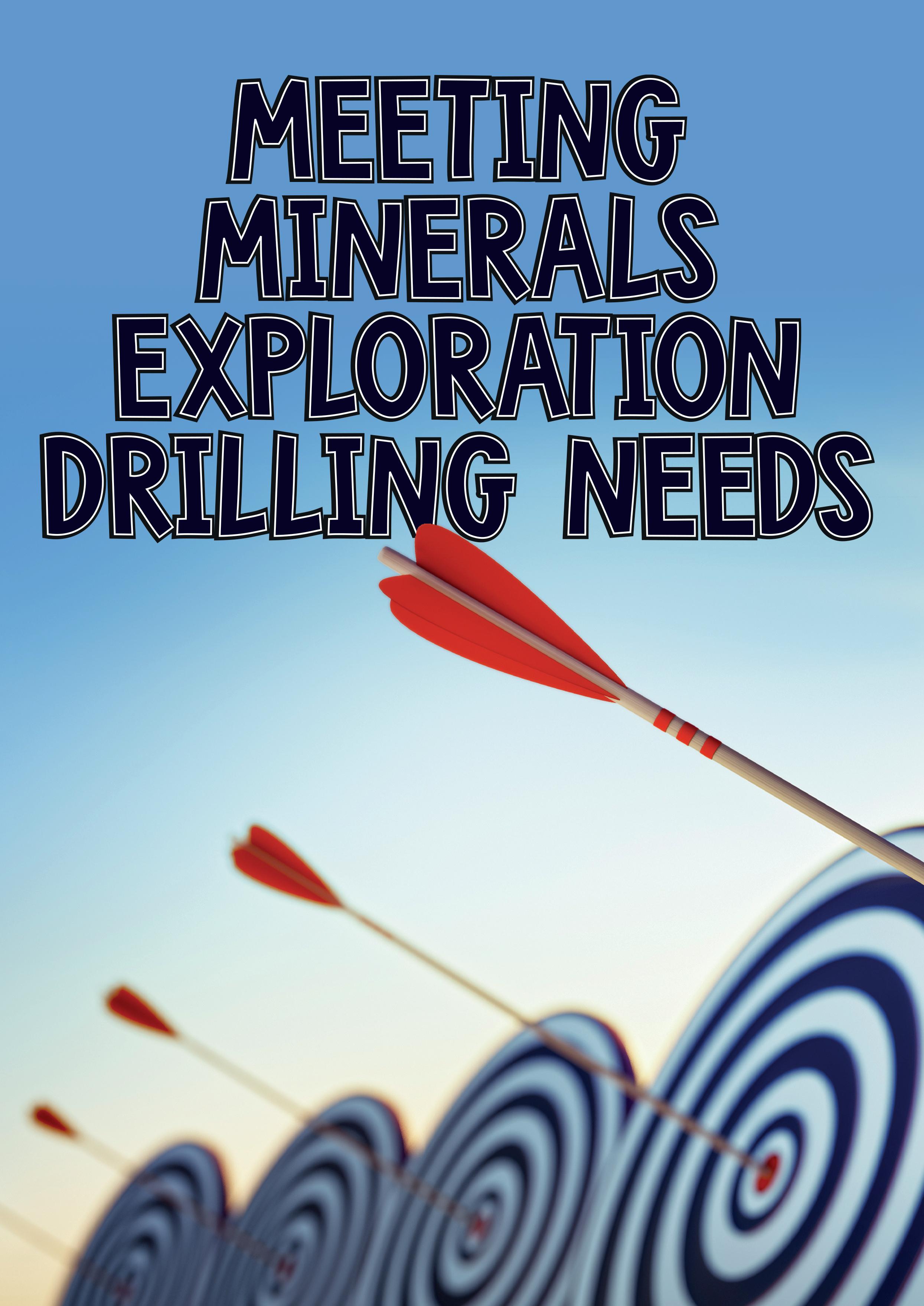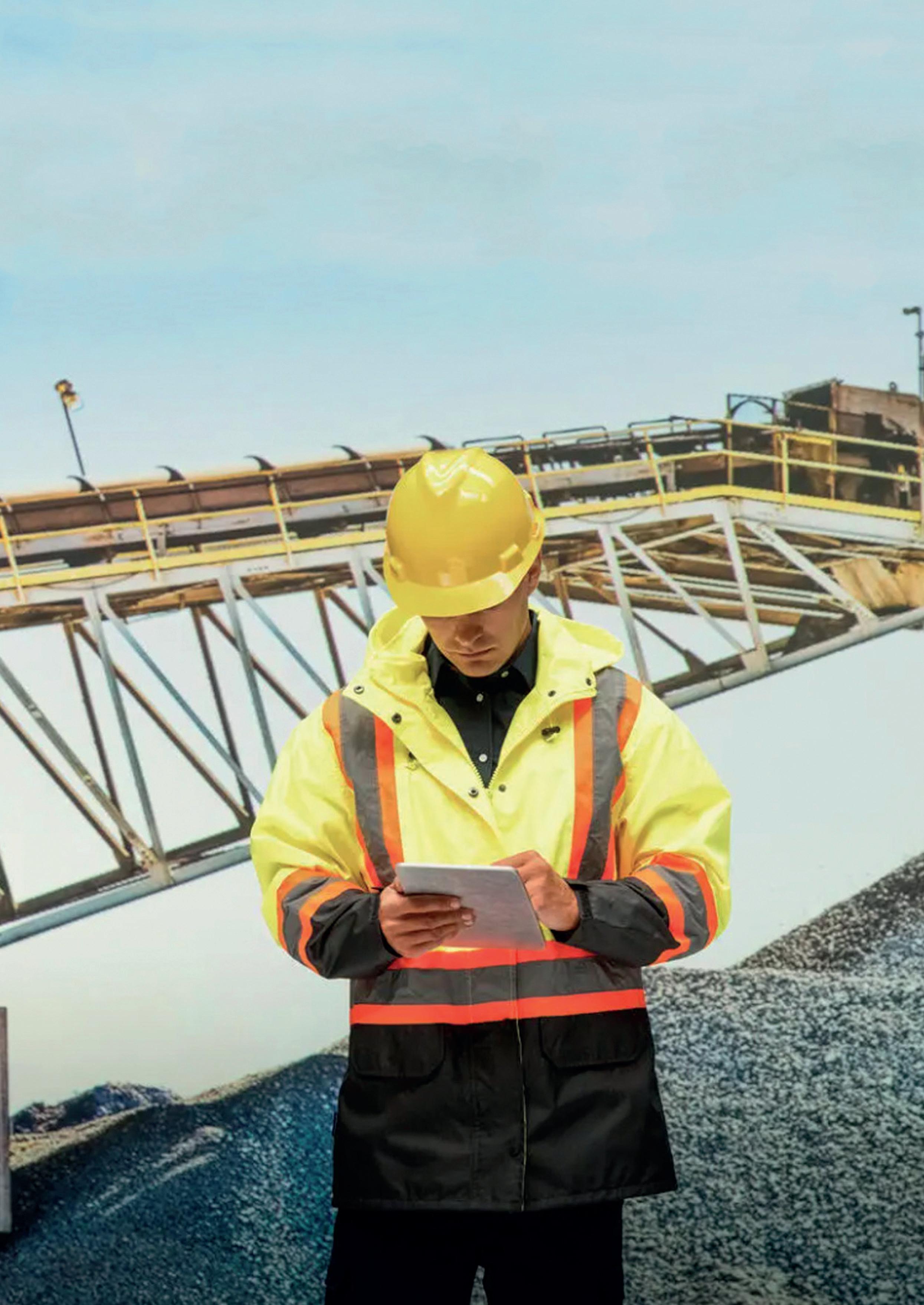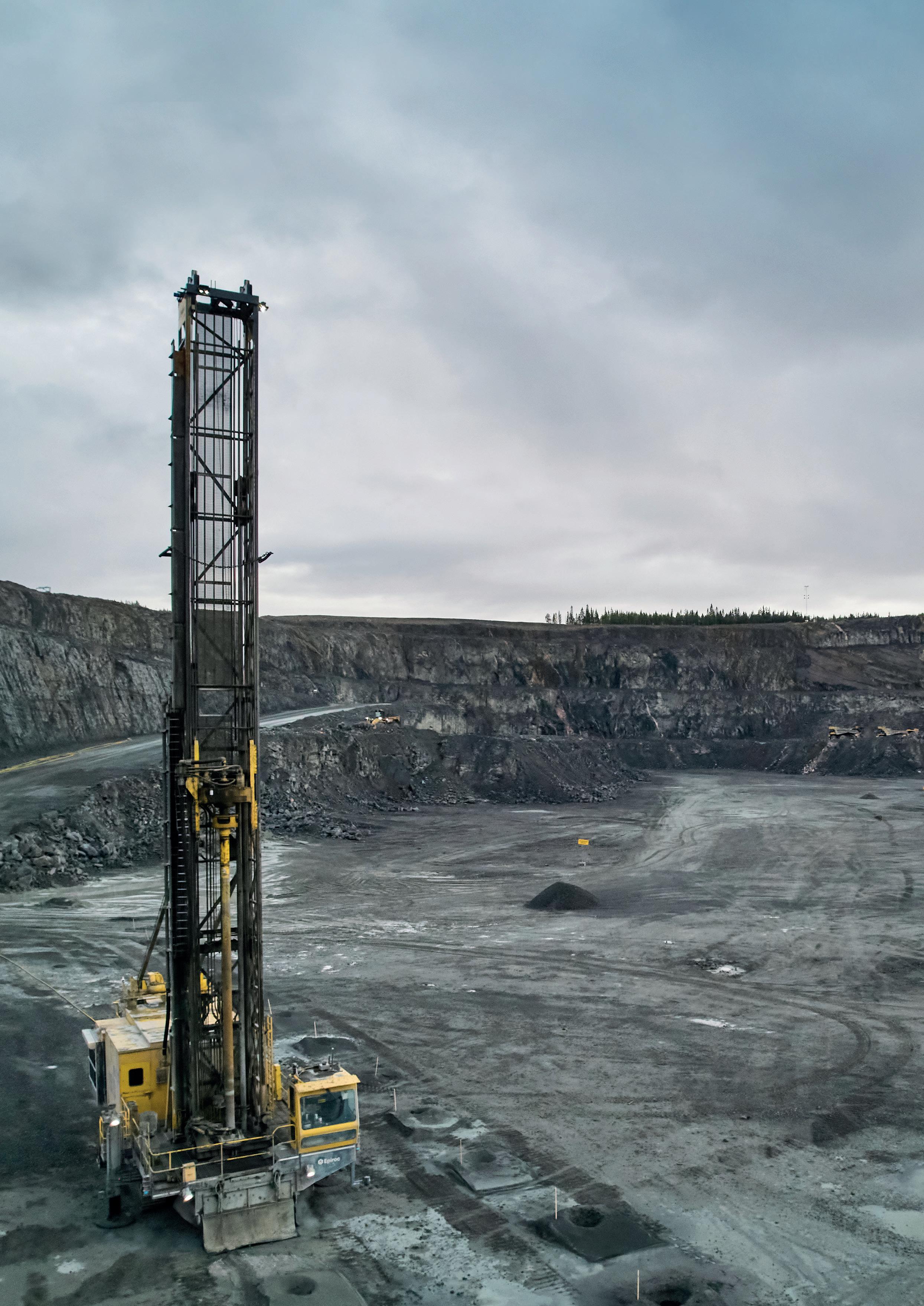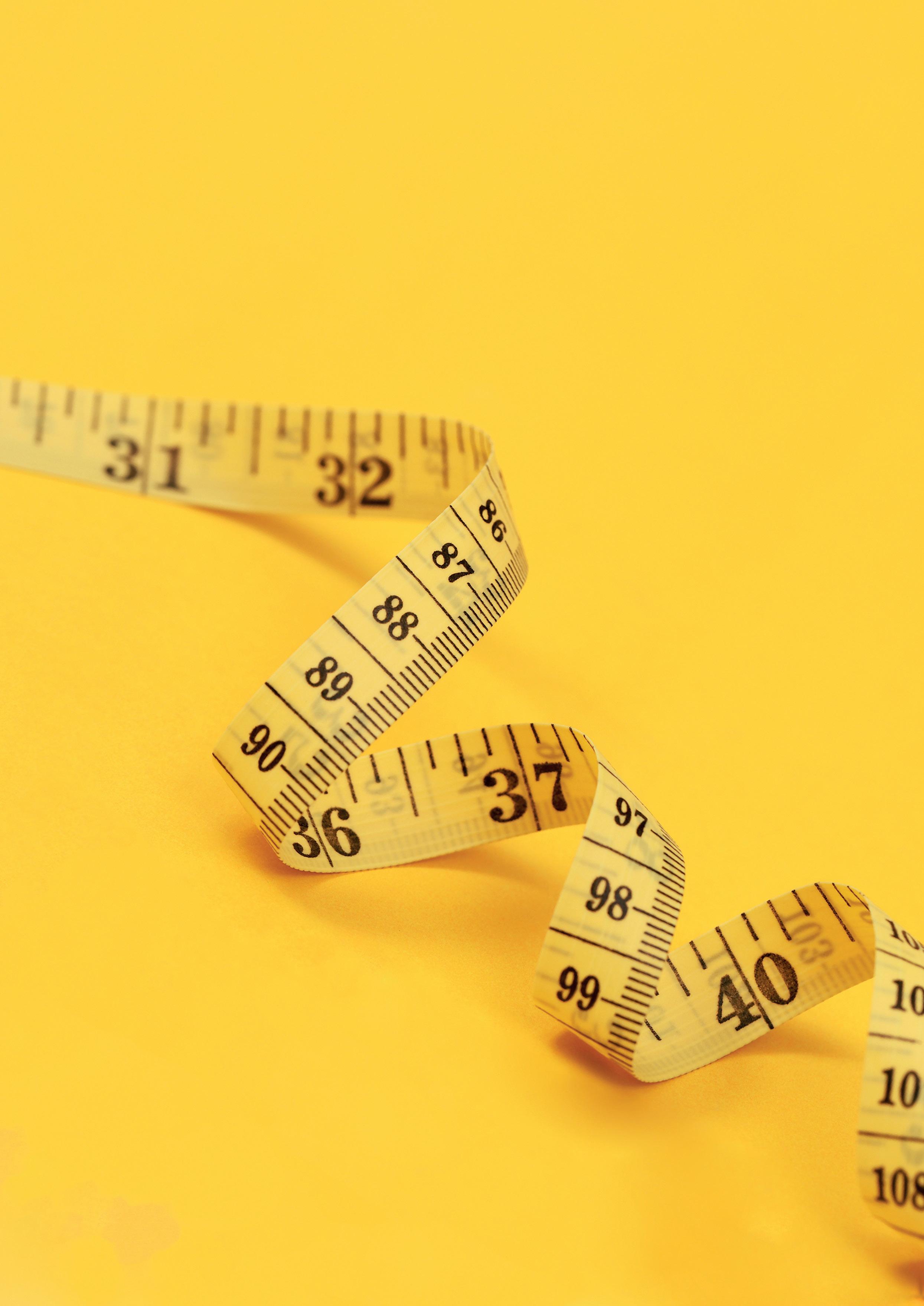
7 minute read
Breaking New Ground In Greece
Daniel Bergeman, Brokk, Sweden, explores how electrically-powered mining equipment is helping companies become fossil-free and improve safety and efficiency.

The island of Evia, or Euboea as it is also called, is the second largest island in Greece, after Crete. With its mountainous surroundings and pine-covered slopes, Evia gives a dramatic but green impression as it rises out of the Aegean Sea.
Many believe that the dreamlike beaches and small bays could just as easily have been found in the Caribbean with its blue-green sea. The surroundings attract many sun-seeking tourists to the island, and the mountains attract hikers who can find ancient castle ruins and hot springs that were visited by both Winston Churchill and Aristotle Onassis.
In fact, the Evia’s history goes back a long way, all the way to early antiquity. According to Greek mythology, even the Greek hero, Heracles, bathed in these same springs to find strength.
Case study: Greece
Now in 2022, new history is being created in the Greek mountains. Mining of the valuable mineral, magnesite, is underway in the Greek archipelago. It is here that one of the richest deposits in the world was discovered.
The mining company, Grecian Magnesite, decided to mine this unique deposit in an equally unique way – completely fossil-free and without explosives. With an electrically powered demolition robot and loader, this small scale mining in the Koutzi underground mine is environmentally friendly, safe, and efficient. The entrance to the mine where they began geotechnical investigations some years ago is also not far away.
Grecian Magnesite has owned the rights here since the 1950s. It had seen signs of really old mining and managed to date the work back to 1832 when the first small underground mines started. Now, Grecian Magnesite has portable laser scanners to survey the mines, and core drilling exploration showed very concentrated magnesite.
With more extensive test drilling, the company found 200 m-wide and 400 m-deep veins and a total of 20 million t of highly concentrated magnesite, one of the purest deposits in the world. This could amount to
at least 100 years of future magnesite mining in Evia. The success meant that the next step in the mining project could begin with a strong belief in the future.
For over 60 years, Grecian Magnesite has been manufacturing products from the versatile mineral magnesite for various industrial applications. Magnesite is used to produce magnesium oxide, which acts as a refractory material for the steel industry and as a raw material for the chemical industry.
In total, there are over 250 products involved, ranging from medicines, environmentally friendly leather tanning, cement and water purification, to brakes for exclusive cars and electrical components. Some products have been developed in their own laboratory and others in collaboration with the global customers. All production can be traced back to the mining operation and process technology used.
The Koutzi underground mine will provide the highest quality magnesite ore for many decades to come, and at the same time the market is growing and more uses are emerging every day for this carbon-neutral and versatile rock.

Figure 1. The Koutzi underground mine, where magnesite is extracted in a fossil-free way through narrow vein mining.

Figure 2. For securing the rockmass with swellex bolt, the Brokk 500 was equipped with a drill to prepare the drilling holes.

Figure 3. Safety on site is very important. Electrically powered and remote-controlled, a Brokk robot makes the work safe for the operator. Mine planning
George Bourmas, who designed the mine, has widespread experience of mining and was educated at the National Technical University in Athens. He has since added a PhD in underground mining engineering and experience as operations manager at several bauxite mines, conducted technical studies for some of the world’s largest mining companies, as well as tunnel projects in Qatar, India, the Balkans, and Greece.
Bourmas created a 3D model of the deposit and began design work on the mine in 2018. He was then in a position to design the machines that would work in the tunnels. Grecian Magnesite only has experience operating opencast mines; however, the circumstances were different here and there was potential for starting a tunnel project using narrow vein mining.
The high quality of the veins made it a very important project for the company. There was an opportunity to extract as pure magnesite as possible, with the aid of the right machine, in a fossil-free way. The company wanted to create the most environmentally friendly and safest underground mine.
Solution
The solution was a Brokk 500 from Brokk AB, one of the world's leading manufacturer of remote-controlled demolition robots. It is electrically powered and combines strength and agility, making it well suited for narrow vein mining.
Bourmas had a theory of just using a hydraulic breaker and breaking up the material to the right size, instead of using explosives, and then loading the material out with a battery-powered loader. He knew how fragmented the rock looked and therefore thought it would be possible to break the magnesite apart with a wide chisel at speed, and in an environmentally friendly way.
The company decided to test a Brokk 500 equipped with a 700-kg BHB705 breaker and the project turned out well.
When Grecian Magnesite received all the permits from the Greek government in 2021, the hydraulic breaker was set to work on the rock on 9 December.
There were large veins but the Brokk robot is well suited to handle this type of assignment productively. The only problem was that the rock was being broken up at such a fast pace that the loader does not have time to take out all the material fast enough. The alternative would have been blasting, but this would have taken longer and created a large disturbance zone that would have required sending the material for sorting.
With this innovative underground mining approach, Grecian Magnesite will substitute imports of high purity magnesite from third countries, costing approximately €80/t with Euboean magnesite at a cost between €25 – €30/t.
The future of mining
The company’s efforts with its Brokk 500 have resonated in the mining world. A mining company from northern Greece and a Swedish company want to visit the Koutzi underground mine to possibly copy their recipe for success. This type of mining is productive and safe, and aligns well with the strategy to extract key mineral resources for future generations and drive the transition to sustainable mining.
The safety factor
Another important component is the safety of work. As the mine planner, Bourmas naturally had his own experience of this that contributed to his desire to create as safe a working environment as possible – in 2008, and while working for another company, an employee died underground and Bourmas, who was nearby, was hit by the pressure wave. In the Koutzi underground mine, this has been managed as a result of the Brokk robot. The air is also completely free of diesel fumes.
To secure the rock, Brokk 500 is used to drill holes approximately 2 m deep, into which the operator then pushes in a swellex bolt which, with the aid of high water pressure, expands and thus secures the rock.
Tests showed that using Brokk’s machine, Grecian Magnesite could move forward 10 – 12 m per shift, but it is possible to develop this even more. With blasting, the company might have managed 3 – 4 m per salvo and 6 – 8 m per shift at best. The Brokk robot works continuously, keeping a high tempo, so with two machines and two teams, the company could reach up to 20 – 25 m in eight hours.
The operator uses the arm system of the Brokk 500 and can stand 25 m away from the work zone.
At present, magnesite is being mined at a depth of approximately 200 m.
Since the start of operations, there has not been a single incident, nor has any operator mentioned that they have seen anything fall down.
The Koutzi underground mine is the first fully electric mine in Europe and perhaps also the safest – there is no need to be worried about anyone using explosives incorrectly, and there are no diesel fumes or rockfalls.

C
M
Y
CM
MY
CY
CMY
K GlobalMining_8-22_insertV2w-bld.pdf 1 8/2/22 10:21 AM


artin belt cleaners, with high-performance urethane blades, effectively reduce a multitude of carryback issues, making your conveyor systems cleaner, safer and more productive. Eliminating waste prevents injuries and excessive downtime for maintenance and cleanup. Because when the belt stops, profitability goes down the chute.

Not only do our belt cleaners work with all belt sizes and speeds, and in the most challenging environments, we have technicians and engineers available to provide you with expert site-specific advice and assistance on these products and all of your bulk material handling questions and problems. Keep it rolling with Martin.










